Ensuring safety in urban places where vehicles and human bodies mingle in close quarters is an immensely delicate balancing act. Protective bollards and street barriers that restrict vehicle access are often resisted by area business owners and drivers — and they can make life unpleasant for pedestrians, too. Some infrastructure that physically separates people from traffic — like Hong Kong’s sidewalk guardrails or the UK pedestrian pens known as staggered crossings — can leave walkers feeling herded like cattle.
The stakes have grown in recent years, as individuals with a range of personal and political grievances have exploited the ease and accessibility of private vehicles to launch deadly ramming attacks from behind the wheel in cities around the globe. A much larger number of incidents involve drivers careening onto sidewalks and bike lanes or crashing cars and trucks into commercial buildings, whether bent on thievery or impaired by drugs, alcohol or road rage. Storefront crashes occur at a rate of 100 per day in the US, injuring 16,000 and killing 2,600 every year.
Most of these routine rampages don’t make headlines, and those that do tend to rapidly fade from the public consciousness, along with commitments to safety reforms; preventive measures tend to be reactive, not proactive. But in some cities, the question of how to protect public spaces from cars and trucks has produced more enduring reforms, both of infrastructure and policy. So what’s working best? And can we do better than bollards?
Read the full article on Bloomberg.
Recommended by Luisa Bravo



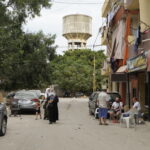
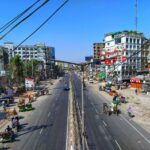
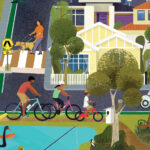
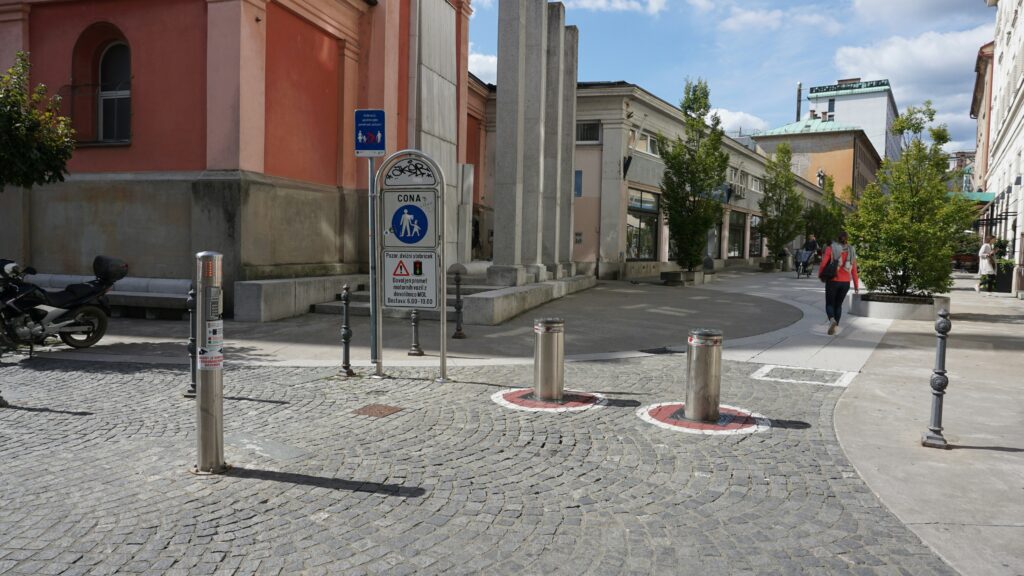
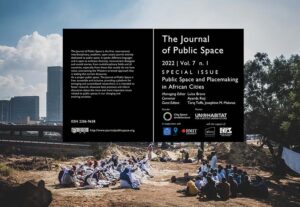


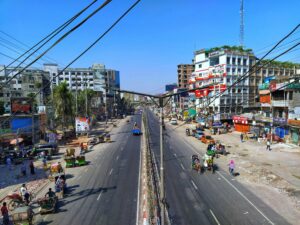
More Stories
San Francisco Shared Spaces Sustainability Strategy
Public Space and Public Life Studies
Realm of Possibility: 15 Ways NYC is Improving Public Space for New Yorkers